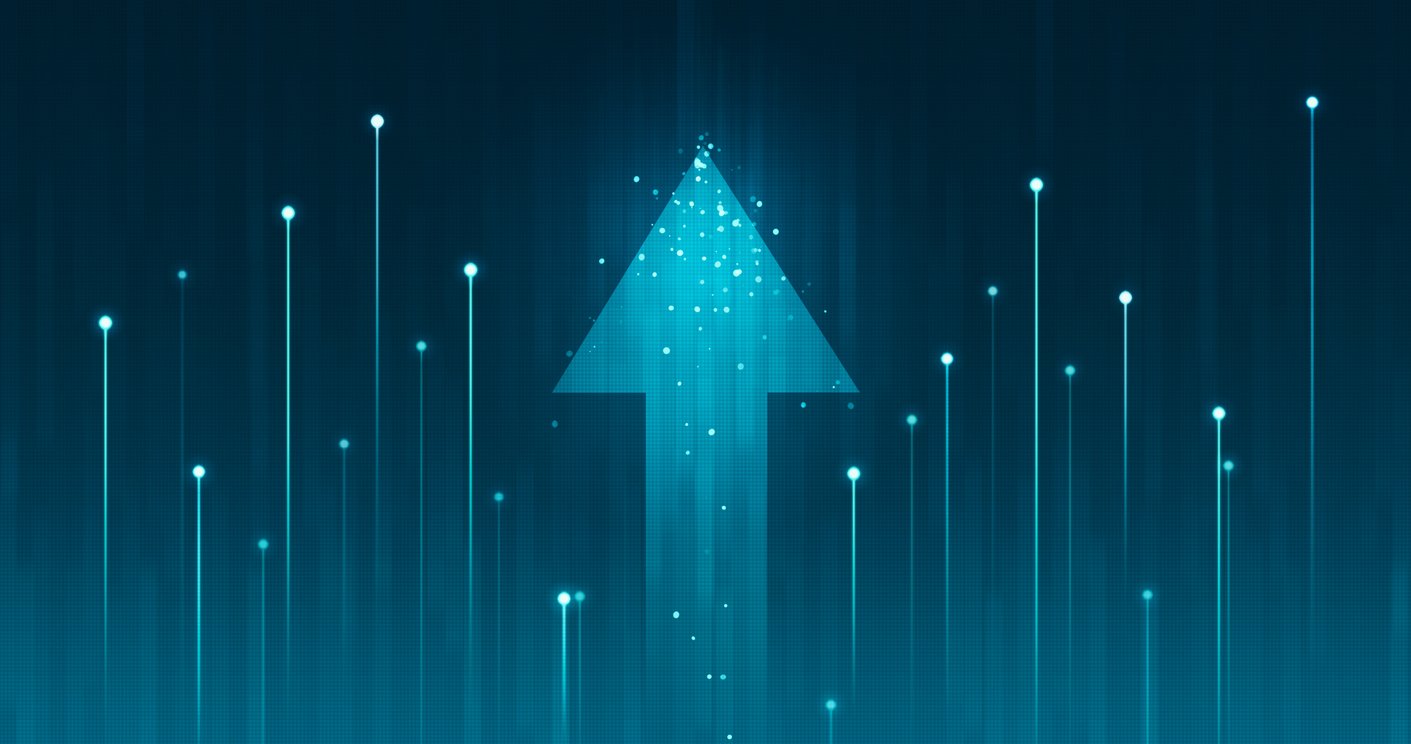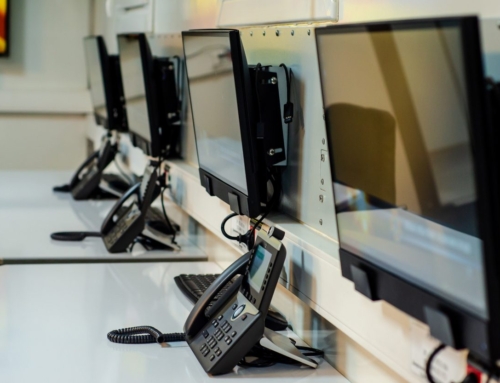The Difference Between Occupancy and Utilization in a Call Center
Call centers use a variety of metrics to assess the overall efficiency of their workforce and pinpoint areas for customer service improvement. Occupancy and utilization are examples of metrics that play key roles in managing the workforce and the center. While it’s common to mix up these two terms, they are completely distinct from each other and involve different calculations.
Here’s a closer look at the difference between occupancy and utilization in a call center and why they are important.
What Is Occupancy?
Call center occupancy is an efficiency metric used to determine how busy agents are when they are logged in. It is expressed as a percentage and indicates how much time they spend on call-related tasks compared to idle time or other work. Call-related activities—also called productive time—may include after-call work (ACW), talk time, and hold time.
A call center’s occupancy is typically between 80 and 90 percent. Thus, if a call center has an occupancy of 70 percent, it means that agents are spending this portion of their time carrying out call-related activities. A consistently higher than 90 percent percentage increases the risk of agent burnout, while a lower percentage can lead to reduced customer satisfaction.
Calculating Occupancy
Most call centers compute the occupancy rate by calculating the sum of the total handling time and available time, then dividing the total handling time by that sum. This is how the formula looks:
Total Handling Time / (Total Handling Time + Available Time) x 100
In this formula, the total handling time refers to agents’ total amount of time spent on call-related activities. It’s critical to ensure that available time doesn’t overlap with hold time and ACW time, since they are already under call-related activities.
What Is Utilization?
One major difference between occupancy and utilization in call centers is that occupancy only considers the time agents are active on the floor, while utilization includes total work time.
Similar to occupancy, utilization is also calculated as a percentage. It shows the ratio of agents’ productivity to their capacity. Therefore, utilization gives an idea about the effectiveness of a call center’s processes.
Measuring utilization can be tricky since the computation includes other activities aside from call-related ones. A few examples include training, team meetings, and unplanned breaks.
Calculating Utilization
The calculation for utilization can vary depending on the call center, but is generally a variation of the following:
Total Logged In Time / Total Shift Time x 100
The difference between occupancy and utilization in call centers in terms of the formulas is that utilization calculations don’t just include the logged-in time agents are available to handle calls—they also cover the total shift time. However, it’s important to note that total shift time shouldn’t include paid breaks, lateness, and absence.
Ready to take your business to the next level? Let our call center experts show you how we've helped organizations just like yours seamlessly scale while lowering costs and increasing efficiencies.
You won't regret it.
Why Is Measuring Occupancy and Utilization Important?
Aside from knowing the difference between occupancy and utilization in call centers, it is also essential to understand why these metrics are important and how they can affect outsourced call center services.
Monitoring occupancy is one way to ensure agents don’t experience burnout and maintain good performance. For instance, a 95 percent occupancy rate means mistakes are bound to happen, so customer satisfaction is then bound to go down. A 75 percent occupancy rate can be viewed as having too much idle time.
If managers keep a closer eye on occupancy rates, they can schedule agents more efficiently and make certain they are not overworked.
Meanwhile, tracking utilization can provide valuable input regarding labor productivity and shrinkage or the period in which agents get paid but aren’t available to handle customer interactions. Managers can then use this information to optimize schedules, improve productivity, and spot potential problems.
How to Increase Occupancy and Utilization Rates
Monitoring call volumes during different times of the day can help identify busy and quiet periods. For peak periods, offering self-service facilities to customers can help ease call volumes. Managers can then assign agents different tasks or provide training during light call traffic.
customers can help ease call volumes. Managers can then assign agents different tasks or provide training during light call traffic.
Good call centers can turn to call center management tools to improve agent performance. Using visual assistance solutions, agents can complete different tasks quickly and increase their productivity. Examples include predictive dialer, automatic call distributor (ACD), and customer relationship management (CRM).
After understanding the difference between occupancy and utilization in a call center, you can hopefully recognize if customer service issues need to be addressed. With improved call center occupancy and utilization rates, you can expect a boost in customer satisfaction.






![What Is a Predictive Dialer in a Call Center [FAQs]](https://roicallcentersolutions.com/wp-content/uploads/2021/04/predictive-caller-roi-500x383.jpg)